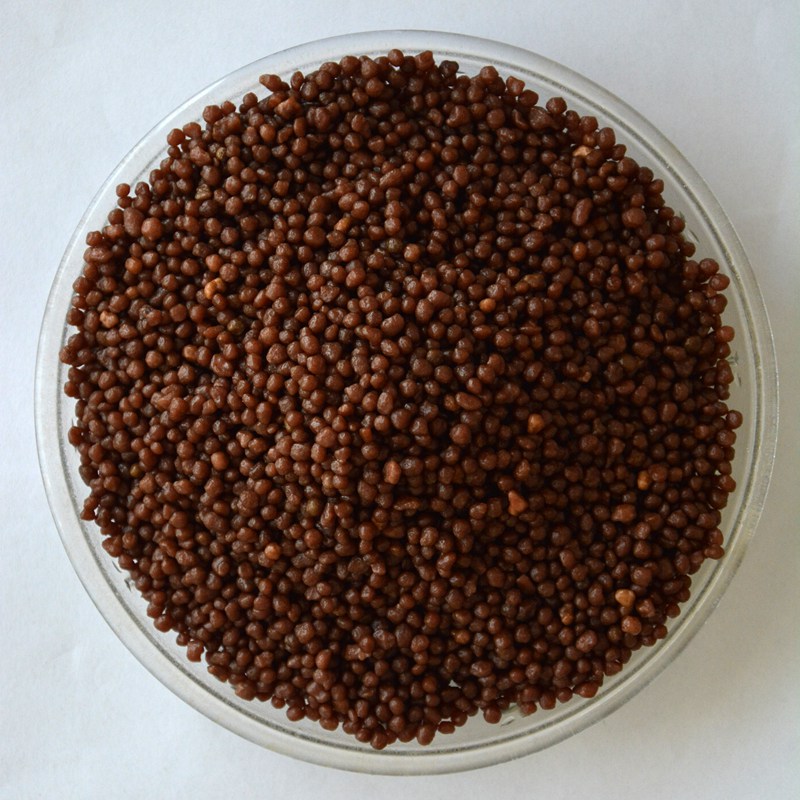
Août . 14, 2024 02:43 Back to list
Current Pricing Trends for Potash per Ton and Their Impact on Agriculture and Fertilizer Market
Understanding Potash Prices Trends and Influences
Potash, a critical nutrient for plant growth, plays a pivotal role in global agriculture. Its primary use is as a fertilizer, essential for enhancing crop yields and ensuring food security worldwide. The potash market has witnessed fluctuations in pricing due to various factors affecting supply and demand dynamics. Understanding potash prices per ton is crucial for farmers, agricultural businesses, and investors aiming to navigate this vital sector effectively.
Over the past few decades, potash prices have seen significant volatility. In the early 2000s, prices were relatively low, primarily due to an abundance of supply and limited global demand. However, with the rise in the global population and a corresponding increase in food demand, the need for enhanced agricultural productivity led to a surge in potash prices. By 2008, prices reached an all-time high, exceeding $1,000 per ton, reflecting the growing competition for agricultural land and an increase in biofuel production, which diverted food resources.
Understanding Potash Prices Trends and Influences
Demand, on the other hand, is largely driven by agricultural trends, including crop rotation practices, global dietary changes, and government policies concerning agriculture. In developing countries, increased investments in agricultural technology are boosting crop productivity, which further escalates the demand for fertilizers, including potash. As nations strive for self-sufficiency in food production, the consumption of potash is expected to rise.
potash per ton price

Additionally, environmental considerations are influencing potash prices. With increasing awareness of sustainable agriculture, farmers are seeking to optimize fertilizer use to minimize environmental impact. This trend is pushing for innovations in potash application technologies, which could affect pricing. For example, precision agriculture techniques can enhance nutrient efficiency, potentially reducing the overall demand for potash even in a growing agricultural market.
Another significant factor in the potash market is the role of major corporations. The potash industry is dominated by a few large players, which influences pricing strategies. These companies often control significant portions of the market, allowing them to influence supply levels and, subsequently, prices. Pricing power is further affected by global competition and the emergence of new potash sources, including mining operations in countries like Russia and Belarus.
In recent years, there has been a trend toward a more stabilized potash market with prices hovering between $300 to $600 per ton, where they remain more accessible for farmers compared to the peaks seen in the past. Nevertheless, market analysts believe that prices could fluctuate due to unforeseen global events, such as economic sanctions, climate impacts, or shifts in farming practices.
In conclusion, the price of potash per ton is shaped by a complex web of factors, including supply dynamics, demand from evolving agricultural practices, environmental considerations, and the influence of large corporations in the market. As we look to the future, understanding these elements will be crucial for stakeholders in the agricultural sector to make informed decisions in managing costs and ensuring sustainable production. As the global population continues to grow, so too will the importance of potash as a fundamental component of agricultural success.
-
High-Efficiency Plant Soil Water Soluble Fertilizer Reliable Manufacturer
NewsApr.29,2025
-
High-Potassium Organic K Fertilizer 7-2-4 Supplier & Manufacturer
NewsApr.29,2025
-
10-54-10 High-Phosphate Fertilizer NPK Blend for Root Growth
NewsApr.28,2025
-
NPK 8-2-12-4 & 20-20-20 Compound Fertilizer Suppliers Crop Boost
NewsApr.28,2025
-
Premium 50 lb Fertilizer Bags Bulk Supplier & Factory Deals
NewsApr.28,2025
-
Different Types of NPK Fertilizer Manufacturer & Supplier Custom Blends
NewsApr.28,2025
